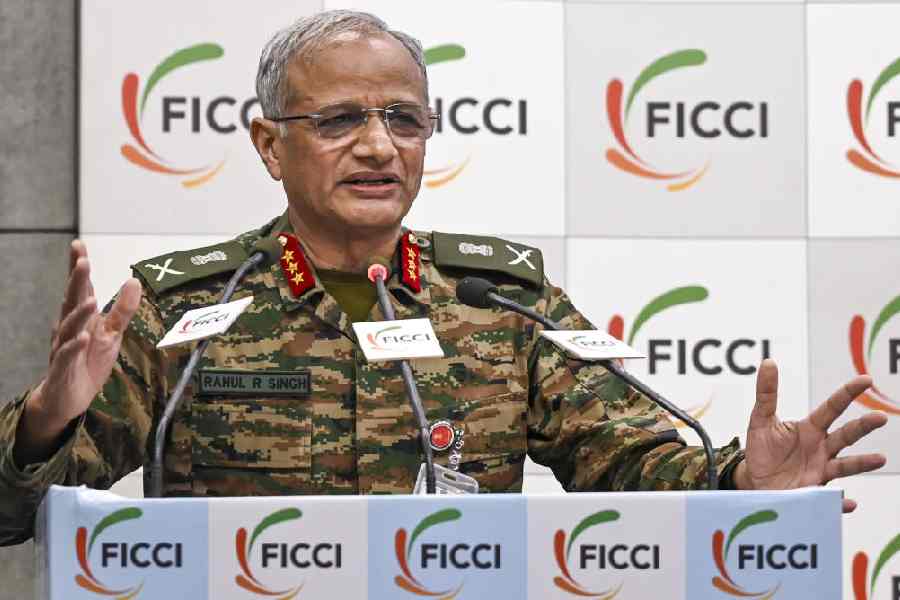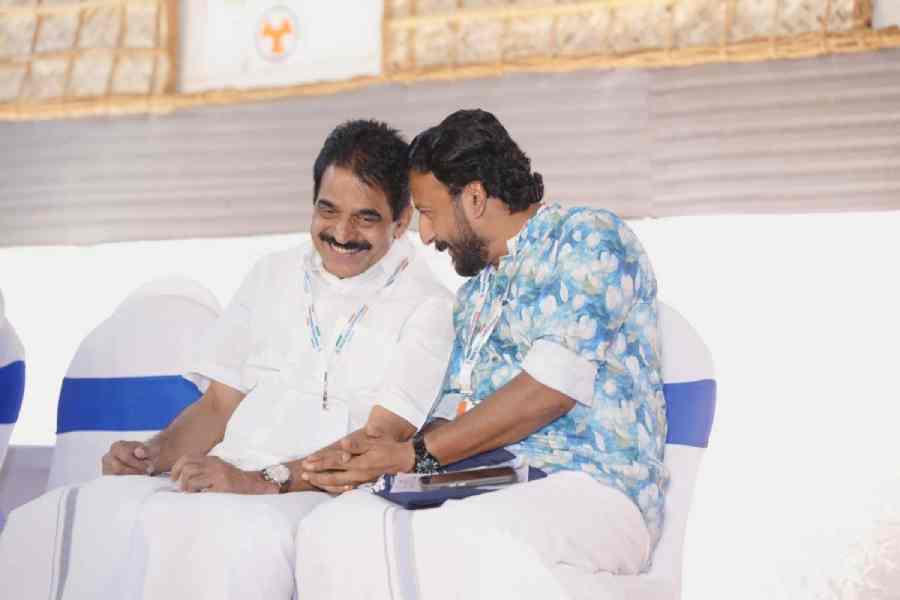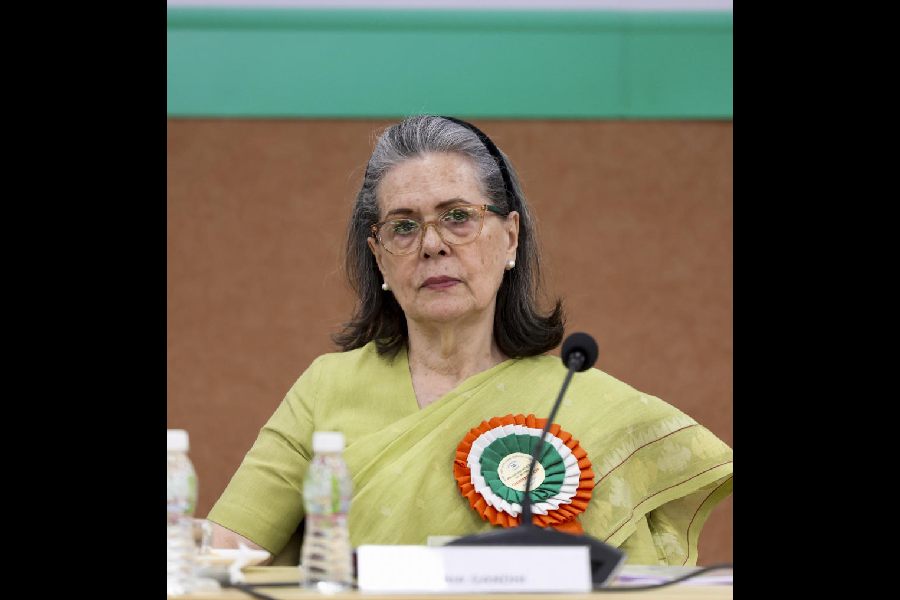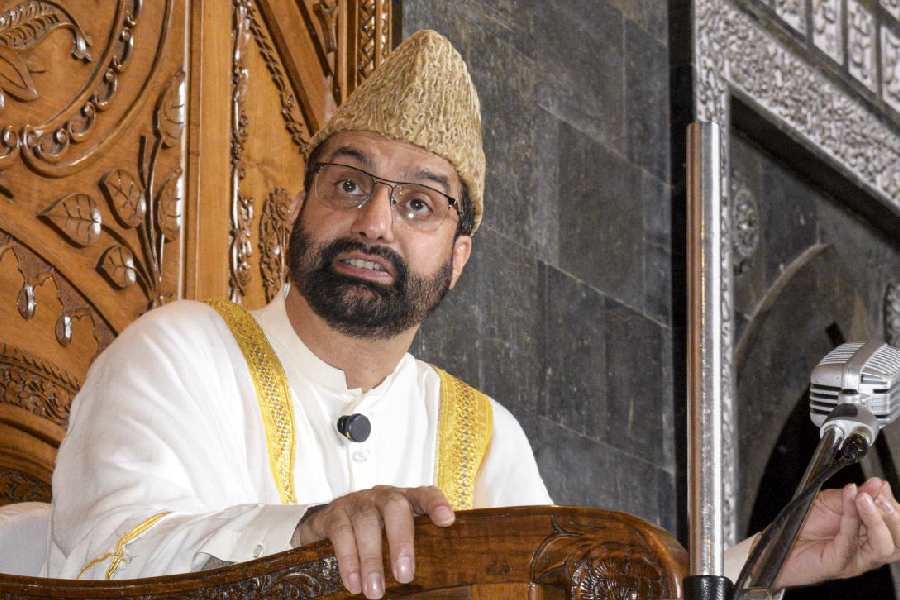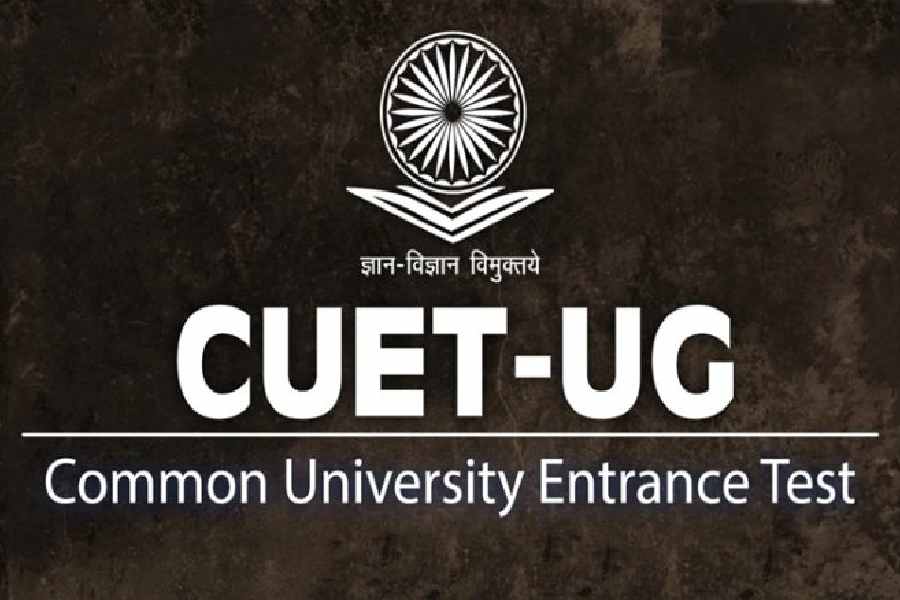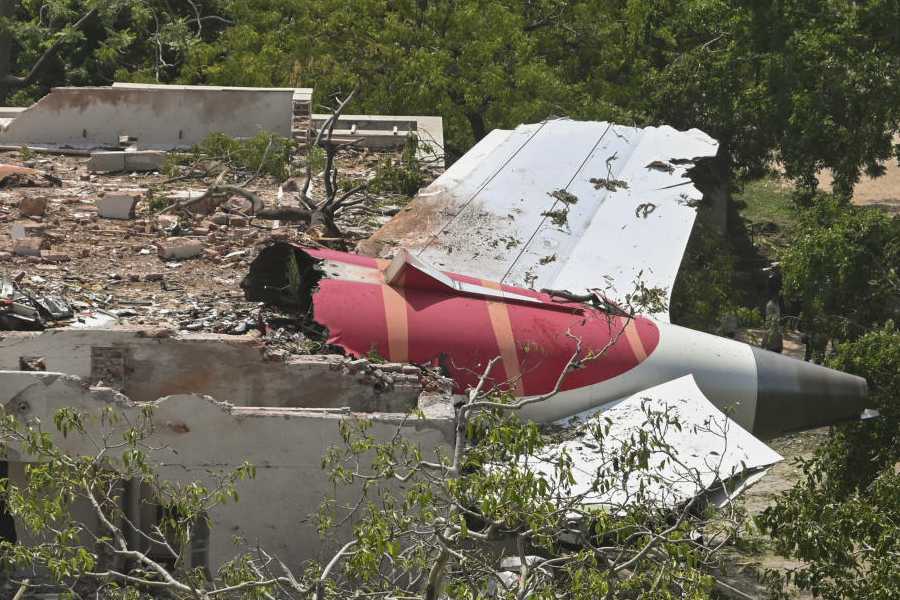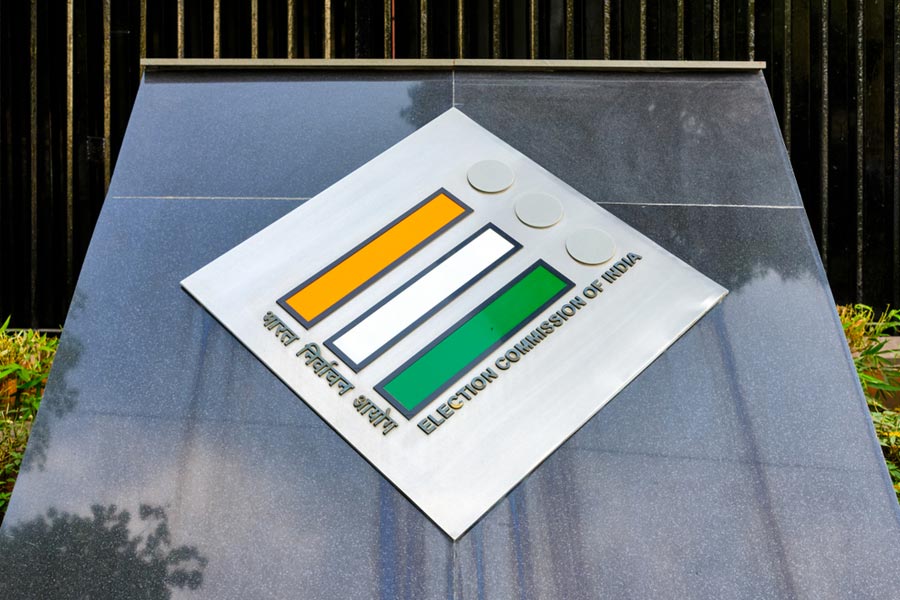 |
| Durbar Square, Kathmandu |
Kathmandu By Thomas Bell, Random House, Rs 599
Long before Nepal became the ultimate destination for mountain climbers, it had attracted foreigners, particularly Westerners, for very different reasons. The early European visitors were mostly scholars. Gustave Le Bon spent some time in Kathmandu in the 1880s and was overwhelmed by the “fantastic architecture” of the “strange city”. Sylvain Lévi stayed in the Kathmandu valley for three months in 1898, explored how Buddhism survived there alongside Hinduism and produced the monumental, three-volume Le Nepal. The first British visitors were there for the sake of their Indian empire.
Thomas Bell went to Kathmandu in the early years of this century in search of news stories. Nepal had suddenly become a favourite haunt of journalists from across the world, thanks to the Maoist insurgency and the royal palace massacre of June, 2001.
The insurgency ended the country’s 240-year-old monarchy and made it a republic. Maoist guerrillas returned from the jungles, fought democratic elections and two of their leaders briefly served as Nepal’s prime ministers. With nothing much to report from Nepal any more, the scribes left for other pastures.
Bell stayed back, married a local woman and set himself the task of exploring his adopted city, its history, its politics and its society. “I was constructing my own history,” he says, “in which I would try to simulate the jumbled, layered, endlessly interconnected and repetitive structures of the city. It would be addressed to entirely contemporary concerns”.
Most cities, especially old ones, have many layers. But Kathmandu’s ancient history, its undying legends and its blood-soaked politics during the past 200 years make it a very special place. The majestic mountains that form its physical backdrop and the centuries-old traditions that compete with a hedonistic modernity to guide the people’s daily lives give it the air of a surreal city that can be both fascinating and repulsive.
The mountains rarely feature in Bell’s recreation of the city. Thamel, the ever-crowded hub of mountain climbers and backpackers in the heart of old Kathmandu, is almost non-existent in the book. Even the Durbar Square, the old palace courtyard, where tourists flock throughout the year to wonder at ancient architectures and to have a quick look at the “Kumari”, the girl goddess, at appointed hours is almost missing from Bell’s account.
What the book offers is a complex and subtle portrayal of a city steeped in tradition and yet struggling to free itself from the bondage of its past. Like the city itself, the narrative is “jumbled” with the past and the present constantly inter-connecting and making sense of each other. One gets a very realistic picture of the city where stone sculptures said to be dating back to the Licchavi dynasty and temples built by the Malla kings are as much a part of the people’s lives as the cars, motorcycles, rickshaws, porters and the shops selling big-screen television sets and refrigerators.
Bell researched Kathmandu’s history and architecture in the British Library and many other institutions. But the scholarship is seamlessly woven into a narrative that is simultaneously personal and detached. Kathmandu’s political history, at least since its conquest by Prithvi Narayan Shah in 1768, is one of bloody struggles for power, in which kings, prime ministers, military commanders and others in the nobility routinely killed sons, brothers, nephews and even wives.
Bell tells it all – the unspeakable cruelty inflicted by Prithvi Narayan Shah on the residents of Kirtipur, who resisted his attempts to overrun Kathmandu, the heroic leadership of Bhimsen Thapa against the first British assault on Nepal in 1814 and the rise of Jungbahadur, the first prime minister of the autocratic Rana rule. But he tells it all as he walks or rides around Kathmandu’s old palace squares, temple courtyards, streets and alleys. His story of the city is gleaned as much from the archives and scholarly accounts by past chroniclers as from conversations with neighbourhood friends and acquaintances in high places. It also incorporates tales of the other two ancient cities — Patan and Bhaktapur — that, together with Kathmandu, make up the “emerald” valley.
But the book is primarily about Nepal’s contemporary politics — about “royal coup followed by revolution followed by royal coup followed by revolution”. Bell’s encounters with Kathmandu began with his writings on the Maoist revolt for The Daily Telegraph. Much of what it says about the British government’s secret mission against the Maoists is potentially damaging for the image of the then dispensation in London. Operation Mustang, as the mission was called, was, in Bell’s judgment, “an unnecessary operation in support of an unpleasant and misguided regime”.
He has no sympathies for Gyanendra, the last king, who not only stifled democratic politics by staging a coup in 2005 but also sabotaged the peace negotiations time and again before they were finally settled in 2006. He is critical of the Maoists too to some extent, but his broader sympathies are clearly with the former rebels who, in his view, took up arms to end centuries-old social and economic injustices. His preference for Maoists’ strategies also shows in his defence of their advocacy of federalism. Comparing the democratic movements of 1950 and 1990 with the Maoist revolt, he concludes that the Maoists “actually created greater pluralism in politics” by speaking for the lower castes who had been ignored by earlier movements.
Bell is also unsparing in his criticism of India’s role in Nepal’s politics. He mentions New Delhi’s mediation between the Maoists and the democratic parties, but has only harsh things to say about how India controls Nepali politics with a mixture of money and diplomatic threats. There are many accounts of how India plays the Big Brother in Nepal. Atmabrittanta, the late-life recollections of B.P. Koirala, the father figure of Nepal’s first democracy movement of 1950, has shocking stories of how Indian ambassadors in Kathmandu humiliated and bullied him during his tenure as prime minister. It is a legacy of the raj that independent India has sought to perpetuate in the name of its ‘special relationship’ with Nepal. The so-called China factor has only made it more pervasive since the India-China war of 1962.
While sketching the city’s landmarks and writing about them in the early 1970s, Desmond Doig, another Kathmandu-addicted journalist, despaired, “Gods no longer walk the streets of Kathmandu”. Bell would not agree — in his narrative, the gods of Kathmandu are alive, but it is the new-age politicians who now walk the city’s streets with greater confidence. This is undoubtedly one of the best books on Kathmandu in many years.


